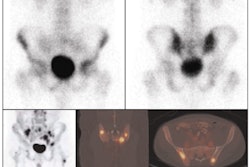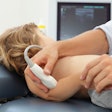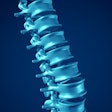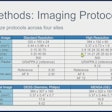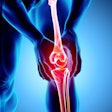Dear Musculoskeletal Imaging Insider,
A group of researchers from the University of Pennsylvania Medical Center and Thomas Jefferson University is touting FDG-PET as a very promising method for accurately detecting knee arthroplasty infections. Dr. Abass Alavi, study co-author and chief of the nuclear medicine division at the medical center, is a strong advocate of FDG-PET for the early detection of infection to "completely change the way we manage these patients," avoid unnecessary complications, and speed their recovery from prosthetic procedures.
While preliminary results are encouraging, the researchers caution that more patient samples are needed to verify FDG-PET's efficacy. Alavi is scheduled to publish more details of the study in the January 2009 issue of Seminars in Nuclear Medicine. Click here to read more about the research to date.
Also in this issue of the Musculoskeletal Insider, a new study from the University of Wisconsin School of Medicine and Public Health indicates that false-positive MRI diagnoses of medial meniscal tears are more common for longitudinal tears than for other tear types. Researchers also have concluded in their findings that false-positive MRI diagnoses are more common with MRI abnormalities at either the superior surface or the meniscocapsular junction. Learn more about the study results by clicking here.
In other new research developments, editor Brian Casey reports that computer-aided detection (CAD) software also may be useful for detecting vertebral fractures -- potentially an early sign of osteoporosis. A group from the University of Chicago examined CAD's performance in the simultaneous detection of both lung nodules and vertebral fractures in a study published in the July 2008 issue of the American Journal of Roentgenology.
Until the next edition of the Musculoskeletal Insider, enjoy the summer and visit the Musculoskeletal Imaging Digital Community on a regular basis to stay informed on the latest research.





